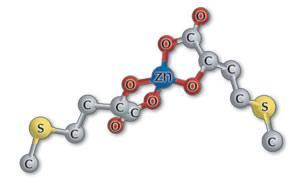The animal industry is facing increasing pressure from legislators and consumers to offer sustainable products. This creates new challenges. Some of the challenges facing the industry are supporting animal health and welfare while reducing the carbon footprint and increasing production efficiency while reducing the use of antibiotics.
Trace elements are the most important elements. They not only promote growth but are also necessary for good development, fertility and health or immunity as well as to ensure the high quality of the final product. You can also browse for more information about the best organic trace mineral combination for cattle.

In commercial diets, micronutrients are often added in inorganic form. This is an easy choice because legal restrictions still allow for high amounts of supplements and are usually inexpensive. However, due to limited bioavailability, high doses are required to meet the requirements. This often leads to nutritional imbalances and pollution.
Sustainability in the production chain
- Due to their high bioavailability, organic trace elements may face new challenges due to legal regulations to reduce mineral inputs and outputs while maintaining animal health and animal welfare.
- They positively support sustainability in the production chain, as it brings safety to workers handling the product. They maximize ROI by reducing the cost of dietary supplements and increasing efficiency with fewer amounts of dietary supplements.
Finally, its bioavailability reduces the mineral’s ecological footprint by reducing yields, leading to soil contamination and the risk of long-term toxicity. As part of the feed industry, organic micronutrients still have some challenges.